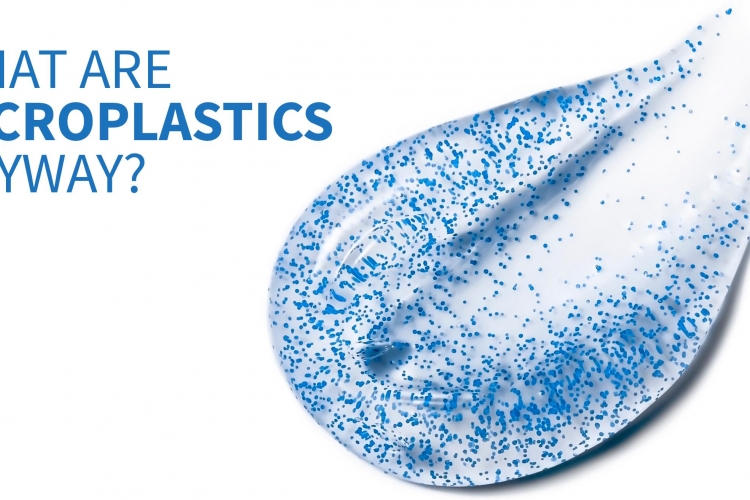Microplastics
Microplastics
Microplastics are small, barely visible, pieces of plastic that are less than five millimeters in length according to the U.S. National Oceanic and Atmospheric Administration (NOAA).They enter natural ecosystems from a variety of sources,including from larger plastic debris that degrades into smaller and smaller pieces. In addition, microbeads, a type of microplastic, are very tiny pieces of manufactured polyethylene plastic that are added as exfoliants to health and beauty products, such as some cleansers and toothpastes. These tiny particles easily pass through water filtration systems and end up in the ocean and Great Lakes, posing a potential threat to aquatic life.
Fishes consume these microplastics which clings to the planktons and enters the food chain through a process called bioaccumulation.
Why is it in news?
In a pilot project towards assessing the prevalence of microplastics, a growing threat to the marine environment, National Institute of Ocean Technology (NIOT) along with National Centre for Coastal Research (NCCR) has recently launched a survey in four different locations of the ocean and near coastal areas and deep sea locations off Chennai, Godavari river mouth, Mahanadi river mouth off Odisha and Ganga river mouth, West Bengal. Microplastics ingested by aquatic organisms may affect humans when they consume fish.The study would help identify what kinds of plastics are in the ocean and ways of reaching the ocean, including surface current.
Also a first-of-its-kind study for the country by the Indian Institute of Technology-Bombay (IIT-B) has revealed most table salts sold in India are likely to contain microplastics from polluted sea water and found 626 microplastic particles -- of which 63% comprised plastic fragments and 37% plastic fibres in samples of popular salt brands in India.
World Trends:
A recent study in Austria revealed that Microplastics have been found in human stools for the first time, the tiny particles may be widespread in the human food chain.
The small study examined participants from Europe, Japan and Russia. All of their stool samples were found to contain microplastic particles.
Up to nine different plastics were found out of 10 varieties tested for, in particles of sizes ranging from 50 to 500 micrometres. Polypropylene and polyethylene terephthalate were the plastics most commonly found.And it is estimated that “more than 50% of the world population might have microplastics in their stools”.
Plastic pollution:
Every year, about 8-million tons of plastic ends up in our oceans,which is equal to five bags filled with plastic going along every foot of coastline in the world, according to Plastic Ocean, a non-profit organization,by 2025, they estimate the annual input will be about twice that.
But how exactly is so much plastic and waste ending up in our waters? And what happens to that plastic once it is swept away by the oceans’ currents?
The ocean currents pushes the trash and plastic to a gyre _ think of them like large slow-moving whirlpools in the ocean. When garbage enters a gyre, it’s slowly pulled into the centre where they form a huge garbage patch.
There are five giant garbage patches located in the North Atlantic, the South Atlantic, the North Pacific, the South Pacific and the Indian Ocean.
On June 5, 2018, on the occasion of World Environment Day, the United Nations Environment Programme (UNEP) released a new report entitled “Single-use plastics: A roadmap for sustainability.” The report reviews the current state of plastic pollution, provides a comprehensive global assessment of government measures against plastic pollution, presents case studies on government interventions such as single-use bans or levies, and outlines a ten-step roadmap for policymakers.
Following the above report, EU parliament has legislated a ban on single use plastics.India too has pledged to ban single use plastics by 2022 and it is to be noted that NGT(National Green Tribunal) has already banned such single use plastics in cities such as Delhi long before the June resolution by UNEP.


 IAS -2025 Prelims Combined Mains Batch - III Starts - 14-04-2024
IAS -2025 Prelims Combined Mains Batch - III Starts - 14-04-2024